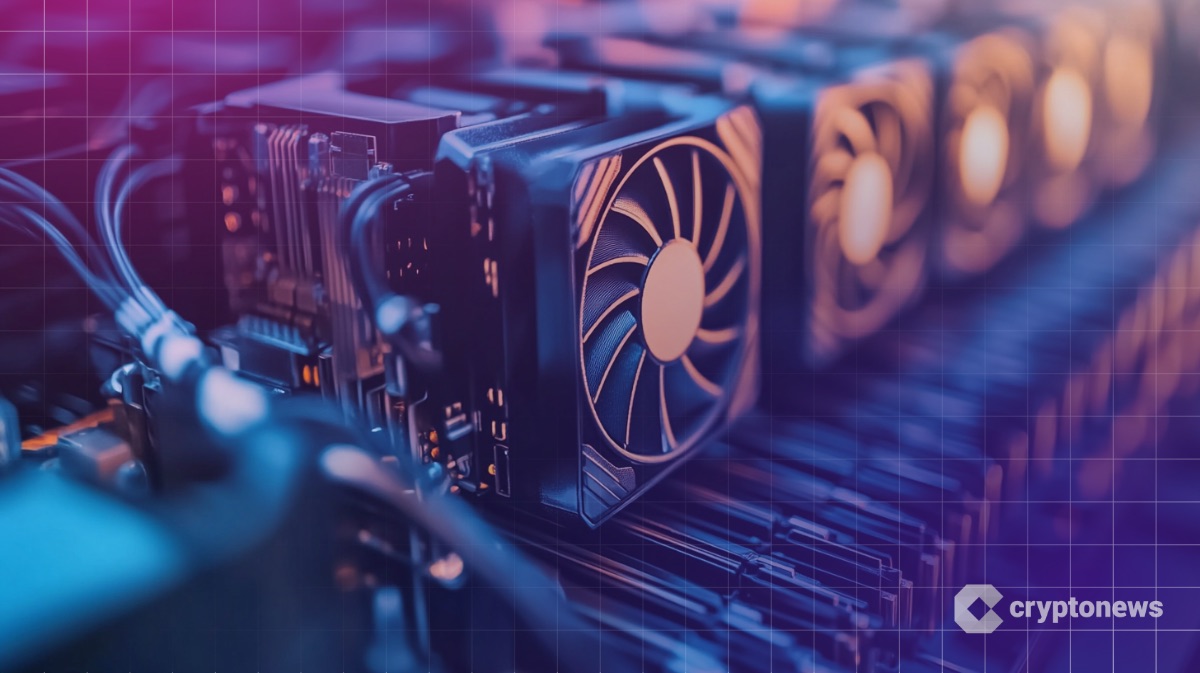Shiba Inu price drops amid $100m open interest exodus: what’s next?
SHIB’s open interest just shed over $100 million in days, marking one of its steepest pullbacks since mid-July, after briefly peaking at $328 million. With Shibarium’s TVL dwindling and broader memecoin sentiment cooling, traders are questioning whether burns alone can reignite momentum.
- Shiba Inu price fell nearly 9% this week amid a $100 million drop in open interest.
- Shibarium’s total value locked sank to $1.76 million, down over 70% from late 2023.
- The memecoin’s reliance on token burns is being tested as market preferences shift toward utility-driven projects.
On July 30, Shiba Inu’s (SHIB) price slid to $0.00001266, marking a nearly 5% drop in 24 hours and extending its weekly losses to 9%. The decline coincided with a sharp $100 million withdrawal from SHIB’s open interest, a key metric tracking active derivatives positions, as traders rapidly unwound bets on the memecoin’s near-term upside.
Data from Coinglass reveals open interest plummeted from $328 million on July 22 to just $206 million, signaling one of the most aggressive pullbacks since mid-July. Meanwhile, Shibarium, the layer-2 network meant to bolster SHIB’s utility, saw its total value locked sink to $1.76 million, a fraction of its late-2023 peak.
The deeper pressures behind Shiba Inu’s price decline
The $100 million open interest drop can be seen as a vote of no confidence in SHIB’s near-term prospects. It signals that market participants are either cashing out or refusing to open new positions, anticipating further downside.
In SHIB’s case, the rapid unwinding suggests traders no longer see the memecoin as a viable short-term play, despite its 10% monthly gain. This skepticism is compounded by Shibarium’s struggles; the layer-2 solution, once touted as SHIB’s bridge to real-world utility, has seen its TVL erode by over 70% since December 2023.
The shrinking TVL is particularly concerning because it reveals a lack of developer and user engagement with Shibarium. Total value locked represents the assets actively being used within a blockchain’s ecosystem, whether for staking, lending, or decentralized applications. A declining TVL implies that capital is migrating elsewhere, often to platforms offering stronger incentives or clearer utility.
Compounding these issues is SHIB’s staggering 85% deficit from its all-time high. While some might dismiss this as typical memecoin volatility, the broader market context paints a more nuanced picture.
Unlike 2021, when speculative mania could buoy any asset with a catchy mascot, today’s investors are prioritizing fundamentals, whether that’s Ethereum’s layer-2 adoption, Solana’s high-speed trading infrastructure, or even newer memecoins with more aggressive tokenomics. Shiba Inu’s reliance on burns, while initially effective, now appears insufficient to counteract this shift.
After all, reducing supply only matters if demand persists, and right now, the market seems to be saying that scarcity alone isn’t enough. The next few months will be critical in determining whether it can evolve or if the market has simply moved on.
You May Also Like

Tether posts $4.9b Q2 profit, expands USDT supply by $20b in 2025

Blockstream launches Simplicity to bring verifiable contracts to Bitcoin
